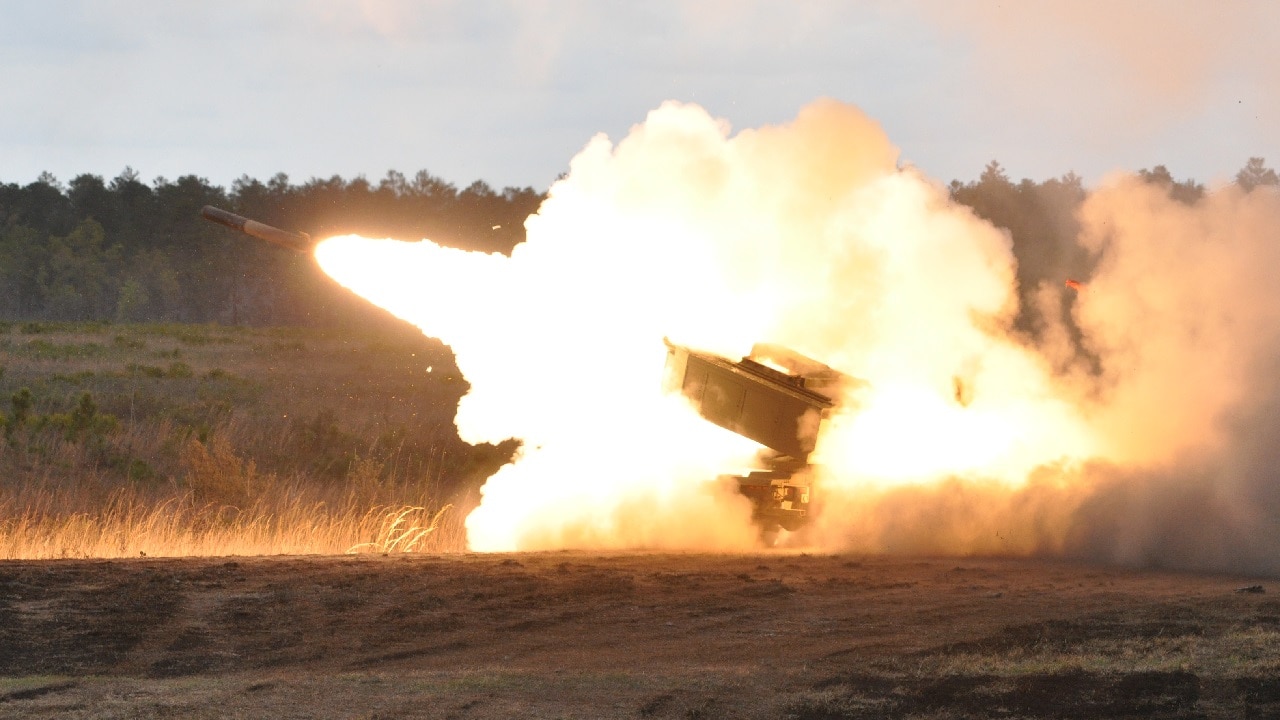Putin could win Donbas, but how much long-term damage can the Russian military take? On day 128 of the Russian invasion of Ukraine, the Russian military is edging closer to achieving its goals in the Donbas. Russian troops are slowly and deliberately squeezing the Ukrainian forces out of the Donbas.
Heavy Fighting in the Donbas
Most of the fighting is concentrated in the outskirts of Lysychansk, the town directly west of Severodonetsk, which the Russians captured last weekend. The Russian troops have reached the Lysychansk oil refinery, which is located approximately six miles from the city center, and are fighting with the Ukrainian defenders over the high ground that surrounds the position. But the Russian military has been advancing in other areas of the Donbas too, complicating the situation for the Ukrainian defenders.
“Russian ground forces claim to have captured the village of Pryvilla, north-west of the contested Donbas town of Lyschansk. Intense fighting probably continues for the commanding high ground around Lyschansk Oil Refinery,” the British Military Intelligence assessed.
Further to the southwest of Lysychansk, the Russian forces are also pushing toward Bakhmut in an attempt to cut off the Ukrainian forces in and around Lysychansk.
The Ukrainian General Staff stated that the Russian forces around Bakhmut have an advantage in men and weapon systems and have been using them to make incremental gains around the Ukrainian city.
Russian Casualties
Despite its recent advances, the Russian military continues to suffer unsustainable casualties in Ukraine. To be sure, the rate of casualties has slowed down significantly compared to the opening weeks of the war, but the Russian forces continue to lose more men and advanced weapon systems than they can sustain in the long term. Beyond the war in Ukraine, the Russian losses will adversely affect the Russian military’s combat readiness for years to come.
The Ukrainian Ministry of Defense claimed that as of Friday, Ukrainian forces have killed approximately 35,750 Russian troops (and wounded approximately thrice that number), destroyed 217 fighter, attack, and transport jets, 186 attack and transport helicopters, 1,577 tanks, 796 artillery pieces, 3,736 armored personnel carriers, 246 Multiple Launch Rocket Systems (MLRS), 15 boats and cutters, 2,610 vehicles and fuel tanks, 105 anti-aircraft batteries, 645 tactical unmanned aerial systems, 61 special equipment platforms, such as bridging vehicles, and four mobile Iskander ballistic missile systems, and 143 cruise missiles shot down by the Ukrainian air defenses.
From Donbas to Snake Island
In its daily estimate of the war, the British Ministry of Defense mainly focused on the developments on Snake Island. On Thursday, the Russian military announced that it had withdrawn its forces from the contested Black Sea island.
“On 30 June 2022, the Russian Ministry of Defence announced that its forces had withdrawn from Snake Island in the north-west Black Sea. The island was seized by Russia on the first day of the invasion and sits along the main shipping lanes to Odesa and its adjacent ports,” the British Military Intelligence assessed.
The island became a place of fierce fighting since the beginning of the conflict. The Russian military attempted to fortify it with anti-aircraft and anti-ship missiles in order to use it as a platform to strike the Ukrainian mainland. But the Ukrainian military fought back and made life for the Russian garrison a living nightmare. The Ukrainian forces launched repeated missile strikes, airstrikes, and drone strikes against the Russian fortifications and also against any vessel that sought to resupply the Russian garrison.
“The Ukrainian Armed Forces conducted attacks against the Russian garrison in the past few weeks using missile and drone strikes. In addition, it used anti-ship missiles to interdict Russian naval vessels attempting re-supply the island,” the British Ministry of Defense added.
Although Moscow claimed that the withdrawal of the Russian garrison was a gesture of good will, that statement is most likely false and an attempt to mask a humiliating defeat.
“Russia has highly likely withdrawn from Snake Island owing to the isolation of the garrison and its increasing vulnerability to Ukrainian strikes, rather than as a ‘gesture of good will’, as it has claimed,” the British Military Intelligence stated.
“The Russian defeat on the Snake Island will alleviate some pressure off the Ukrainian coast by removing Russian air defense and anti-ship missile systems from the island. The retreat itself will not end the sea blockade, however, as Russian forces have access to land-based anti-ship systems in Crimea and western Kherson Oblast that can still target Ukrainian cargo as well as the use of the remaining ships of the Black Sea Fleet,” the Institute for the Study of War assessed.
1945’s New Defense and National Security Columnist, Stavros Atlamazoglou is a seasoned defense journalist specializing in special operations, a Hellenic Army veteran (national service with the 575th Marine Battalion and Army HQ), and a Johns Hopkins University graduate. His work has been featured in Business Insider, Sandboxx, and SOFREP.

